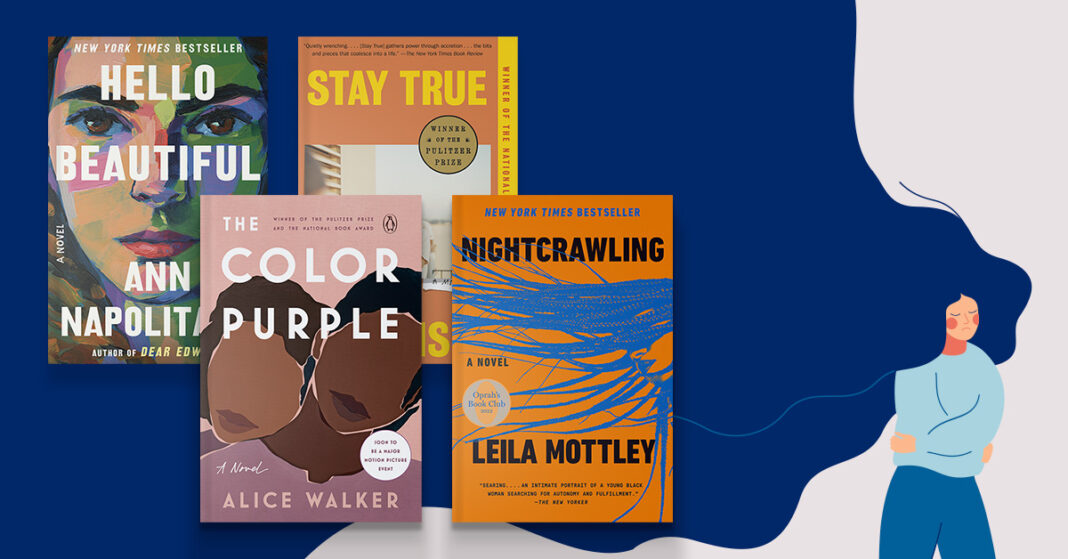Sad romance novels have a unique ability to draw readers in, leaving them both heartbroken and fulfilled. The intricate blend of love and loss resonates deeply, often leading us to wonder: why do we find solace in these melancholic tales? Understanding the psychology behind our love for sad romance books reveals insights into human emotions, coping mechanisms, and the power of storytelling.
The Emotional Response to Sad Love Narratives
At the heart of our attraction to sad romance novels is a profound emotional response. When we read about heartbreak, unrequited love, or tragic endings, we experience a wide range of emotions—sadness, empathy, and even catharsis. This emotional rollercoaster can be both overwhelming and liberating.
Empathy and Connection
One key aspect of our emotional response is empathy. Readers often connect with the characters, experiencing their joys and sorrows as if they were their own. This empathetic engagement allows us to explore complex feelings in a safe space. In a world that can feel isolating, these narratives provide a sense of connection. We’re reminded that we are not alone in our experiences of love and loss.
Catharsis Through Tears
The act of crying while reading a sad romance novel can also lead to a sense of catharsis. This emotional release allows readers to process their own feelings of grief and sadness. When characters face heartbreak, readers can confront their own unresolved emotions in a controlled environment. This therapeutic aspect of reading sad love narratives can be incredibly healing, offering a pathway to understanding and accepting one’s emotions.
The Psychology of Reading and Emotional Regulation
The psychology of reading delves into how literature influences our emotions and mental state. Engaging with sad romance books can be a form of emotional regulation, helping us manage our own feelings.
Escapism and Reflection
For many, reading serves as an escape from reality. Sad romance novels, in particular, allow us to immerse ourselves in a different world where love and heartbreak play central roles. While the stories are fictional, they often mirror real-life experiences, prompting readers to reflect on their own relationships and emotional journeys.
The Duality of Enjoyment and Sorrow
Interestingly, readers often enjoy the experience of sadness. This paradox can be explained by the concept of “sweet sorrow,” where the pain of a sad narrative is accompanied by beauty and depth. The tension between joy and sorrow makes these stories compelling. We find ourselves drawn to the intensity of emotions, even if they come with sadness. This duality is what makes sad romance books not just poignant, but also enjoyable.
The Power of Storytelling
The way stories are told in sad romance novels plays a crucial role in our emotional engagement. Authors use various techniques to evoke feelings and connect with readers.
Relatable Characters and Situations
Well-crafted characters often embody the struggles we face in our own lives. Their journeys of love and loss can reflect our experiences, making their pain relatable. When we see our own heartbreak mirrored in a character’s story, it fosters a deeper connection and enhances our emotional response.
Symbolism and Themes of Love and Loss
The themes of love and loss are universal. Authors often use symbolism to deepen the narrative, creating layers of meaning that resonate with readers. For example, the motif of a lost letter or a faded photograph can evoke nostalgia and longing, allowing readers to tap into their own memories of love.
Coping Mechanisms and Personal Growth
Engaging with sad romance books can serve as a valuable coping mechanism. Many readers turn to these narratives during difficult times, finding comfort in the shared experiences of heartbreak.
Validation of Feelings
Sad romance novels validate our feelings of sorrow and grief. When characters navigate their own emotional turmoil, it reassures readers that their feelings are normal and shared. This validation can be empowering, helping individuals to confront their own struggles with love and loss.
Opportunities for Personal Growth
Furthermore, these narratives often showcase resilience and personal growth. Characters who face heartbreak often emerge stronger, offering readers hope and inspiration. This journey through pain to healing can motivate readers to reflect on their own lives and relationships, encouraging personal development.
Conclusion
The allure of sad romance novels is rooted in a complex interplay of psychology, emotion, and storytelling. Through empathy, catharsis, and the exploration of universal themes, readers find solace in tales of love and loss. The emotional response elicited by these narratives allows us to confront our own feelings in a safe space, fostering connections and personal growth.
As we dive into the world of sad love narratives, we embrace the bittersweet nature of love itself. In a society that often shies away from discussing pain and vulnerability, these stories offer a much-needed outlet—a reminder that in heartbreak, there is beauty, and in sadness, there is healing. Whether it’s through tears or reflections, our love for sad romance books enriches our understanding of ourselves and the complex tapestry of human emotions.







